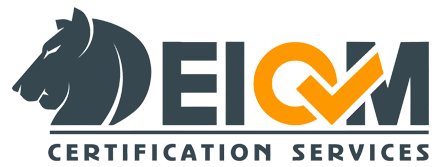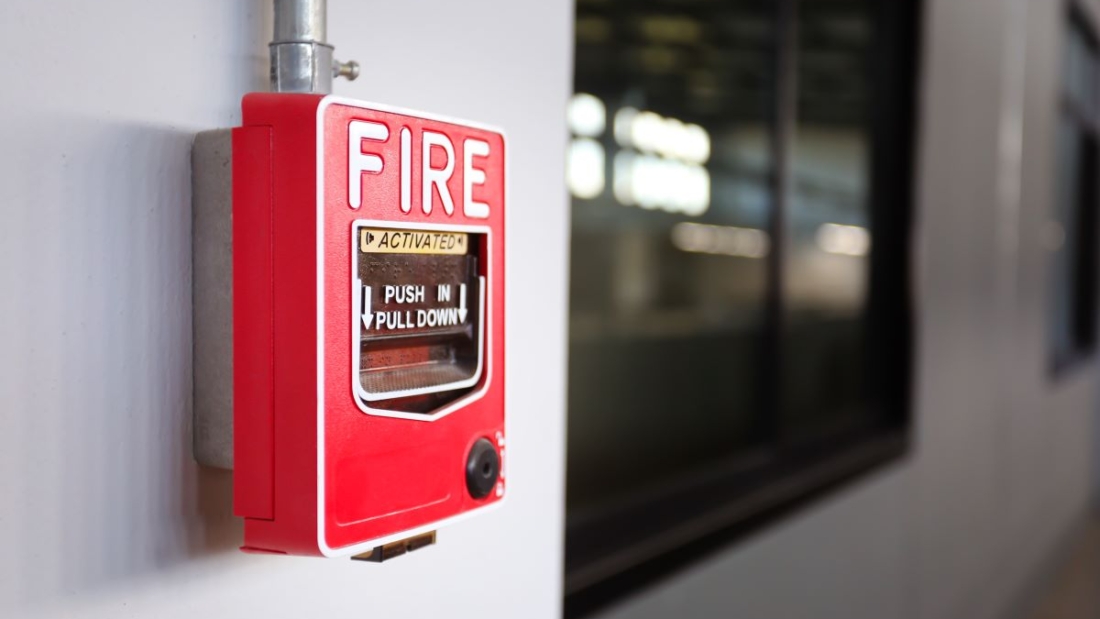ISO 7240 specifies requirements for various components of fire alarm systems, including control and indicating equipment, detectors, alarm devices, power supply, and cables/wiring. These components must meet specific performance criteria to ensure the effectiveness of the overall system.
Introduction
Fire alarm systems are critical components of building safety, designed to detect and alert occupants in the event of a fire emergency. These systems are governed by various standards to ensure their effectiveness and reliability. One such standard is ISO 7240, which outlines requirements and guidelines for the design, installation, and maintenance of fire alarm systems. In this article, we will explore the key aspects of ISO 7240 and its significance in ensuring fire safety.
Importance of Fire Alarm Systems
Fire alarm systems play a vital role in protecting lives and property by providing early detection of fire hazards. By promptly alerting occupants, these systems facilitate timely evacuation and help minimize the spread of fire, reducing the risk of injuries and fatalities.
Evolution of Fire Alarm Systems
Over the years, fire alarm systems have evolved significantly, driven by advancements in technology and regulatory standards. From simple bell systems to sophisticated multi-sensor detectors, the evolution of fire alarm technology has enhanced detection accuracy and reliability.
Compliance and Certification
To ensure the effectiveness and reliability of fire alarm systems, manufacturers and installers must comply with regulatory requirements and undergo rigorous testing and certification processes. Certification bodies verify that systems meet applicable standards and performance criteria before they are installed in buildings.
Implementation Considerations
Successful implementation of ISO 7240 requires careful consideration of design, installation, and maintenance factors. Designers must develop comprehensive plans that address the unique needs and hazards of each building, while installers must follow industry best practices to ensure proper installation and functionality.
Advantages of ISO 7240
Adherence to ISO 7240 offers several benefits, including enhanced fire detection capabilities, improved reliability, and compatibility with other safety systems. By following standardized guidelines, building owners can ensure that their fire alarm systems meet the highest quality and performance standards.
Challenges and Limitations
Despite its benefits, implementing ISO 7240 may present challenges, such as cost constraints, technical complexities, and regulatory compliance issues. Additionally, the effectiveness of fire alarm systems may be impacted by environmental factors, false alarms, or inadequate maintenance.
Future Trends in Fire Alarm Systems
The future of fire alarm systems is characterized by ongoing innovation and advancements in technology. Emerging trends, such as wireless communication, IoT integration, and artificial intelligence, promise to enhance the capabilities and effectiveness of fire detection and alarm systems.
Case Studies of Successful Implementation
Numerous real-world examples demonstrate the successful implementation of ISO 7240-compliant fire alarm systems in various settings, including commercial buildings, healthcare facilities, and industrial complexes. These case studies highlight the importance of proper design, installation, and maintenance in ensuring the reliability and effectiveness of fire safety measures.
Cost Considerations
While the initial cost of implementing ISO 7240-compliant fire alarm systems may be significant, the long-term benefits in terms of life safety and property protection far outweigh the investment. Moreover, cost-effective solutions and financing options are available to help mitigate upfront expenses.
Global Adoption and Impact
ISO 7240 has been widely adopted on a global scale, influencing fire safety regulations and practices in numerous countries and regions. Its impact extends beyond building codes to include emergency response protocols, insurance requirements, and public awareness campaigns.
Integration with Other Safety Systems
Fire alarm systems are often integrated with other safety and security systems, such as sprinklers, access control, and surveillance cameras, to provide comprehensive protection against fire and other emergencies. This integration enhances situational awareness and facilitates coordinated responses to threats.
Training and Education
Effective operation and maintenance of fire alarm systems require trained personnel who understand the principles of fire detection and alarm technology. Training programs and educational resources are available to help professionals stay updated on the latest standards, best practices, and technological advancements in the field.

